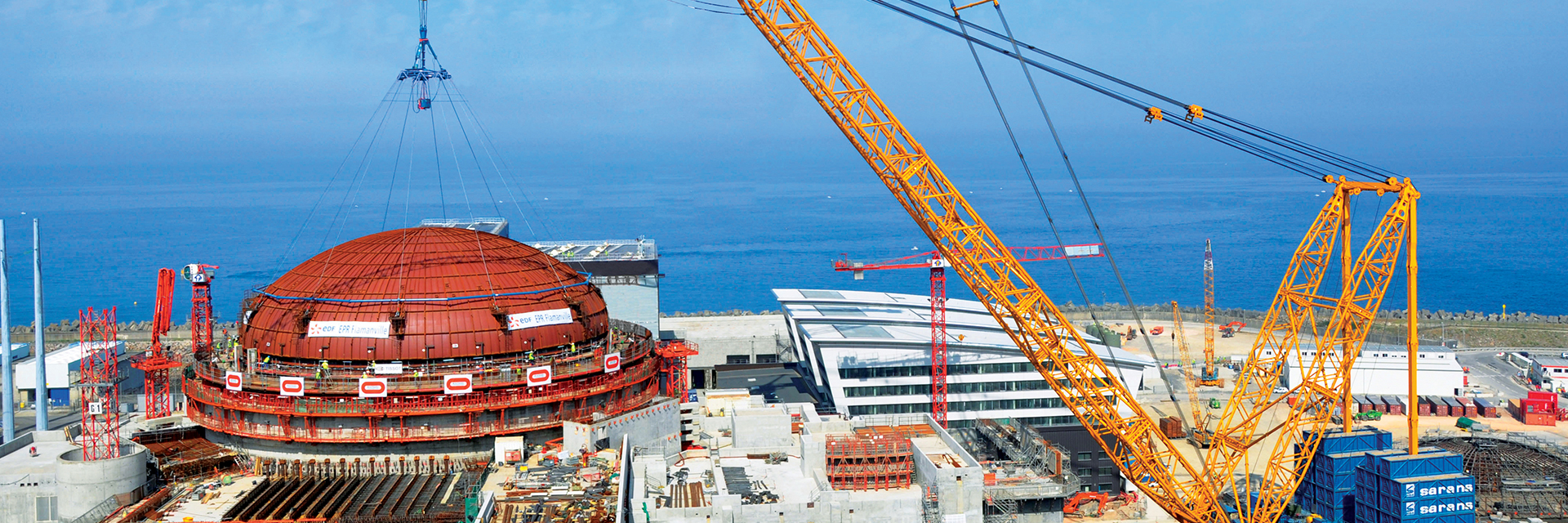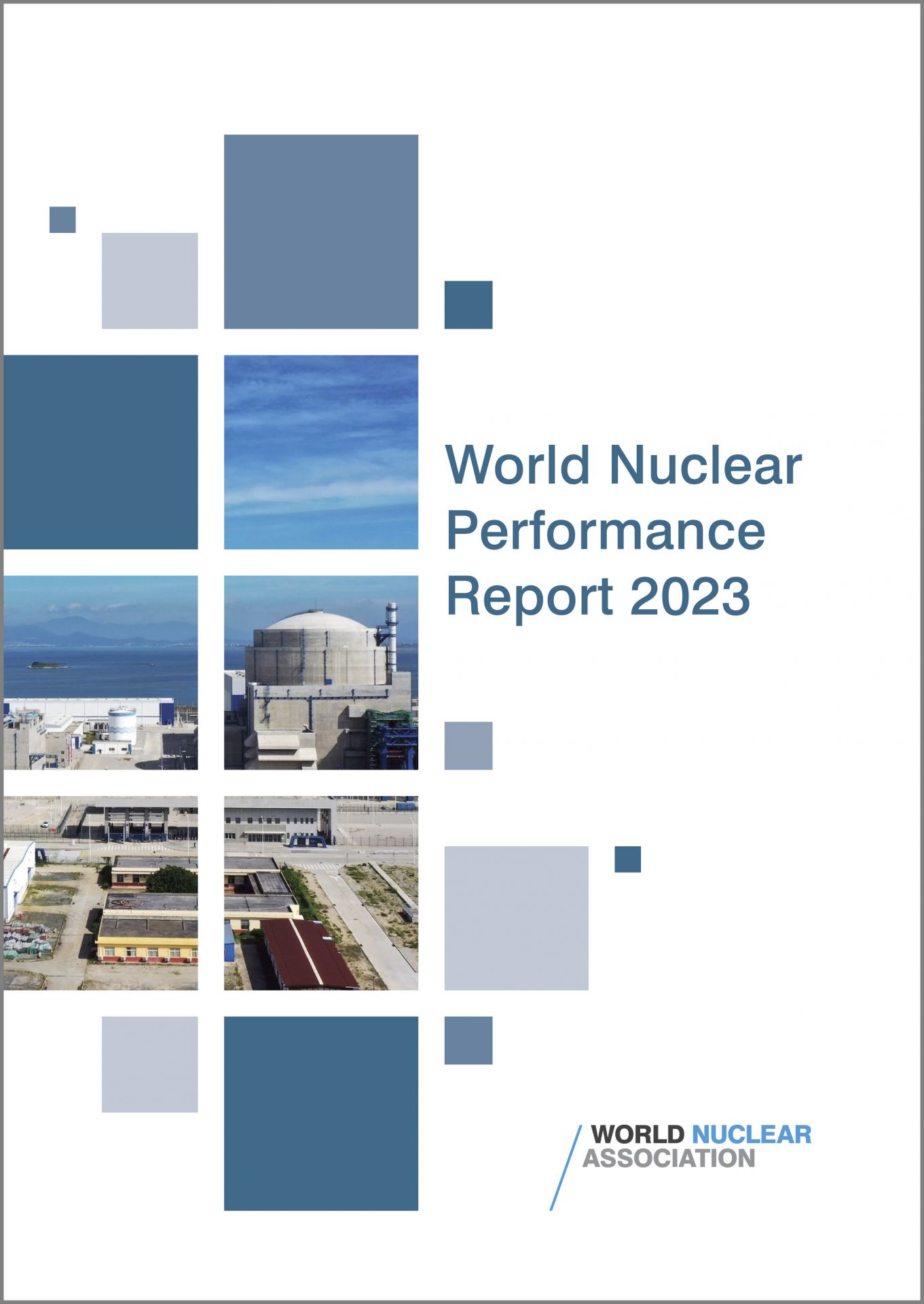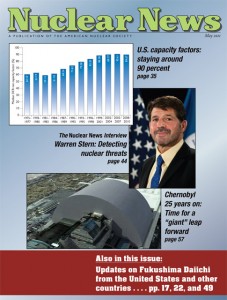Once again, the U.S. fleet has achieved a new personal best, even as utilities and operators face formidable challenges.
In the early years of the Nuclear News capacity factors survey, any factor over 70 was deemed excellent; any factor under 50 was considered poor. By that standard, all but two operating U.S. power reactors chalked up excellent performance during 2017–2019. A record 809.4 TWh of electricity was generated in the United States from nuclear energy in 2019, according to the U.S. Energy Information Administration (EIA), besting the record of 807.1 TWh set in 2018.
Nuclear News staff developed the capacity factors survey in the early 1980s as a way to identify the most productive reactors in an expanding fleet. Fleet improvement was the industry’s self-identified goal, but no one could anticipate the startlingly rapid pace of improvement, spurred by the Institute of Nuclear Power Operations (INPO), which boosted fleetwide performance to highs that continue today.






 The
The 